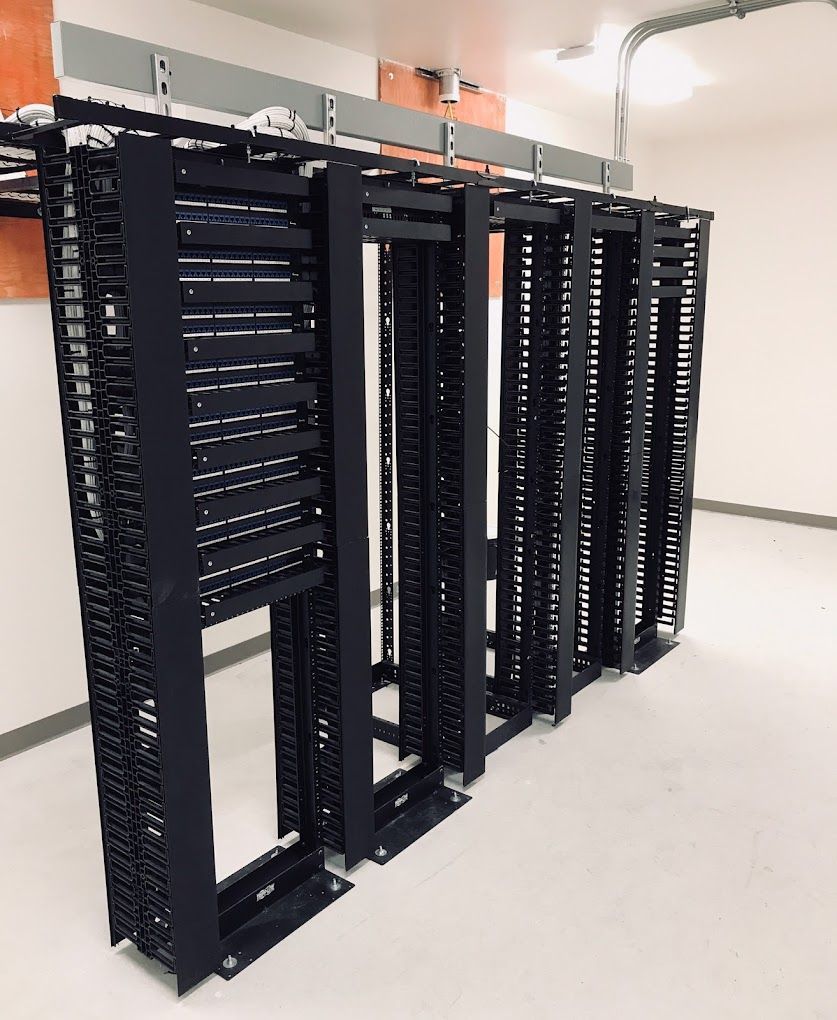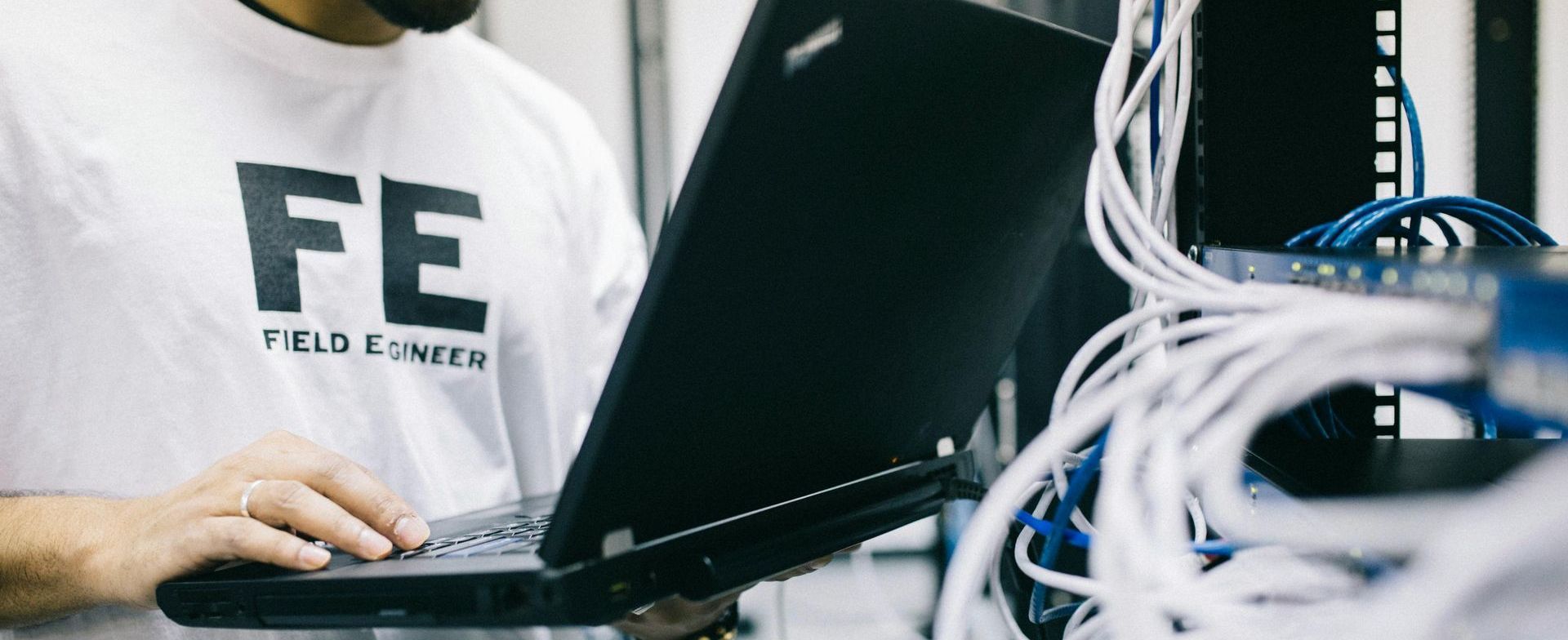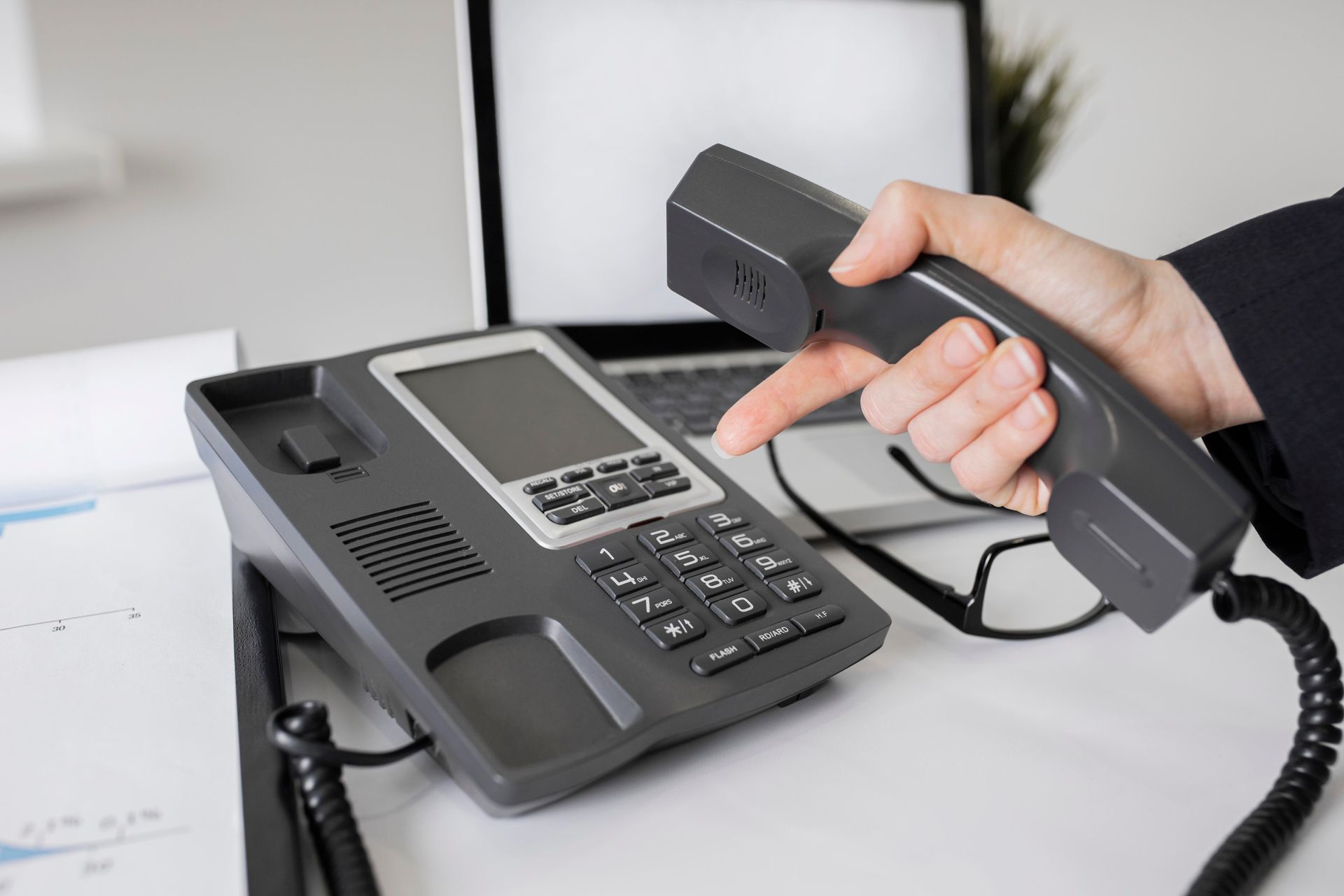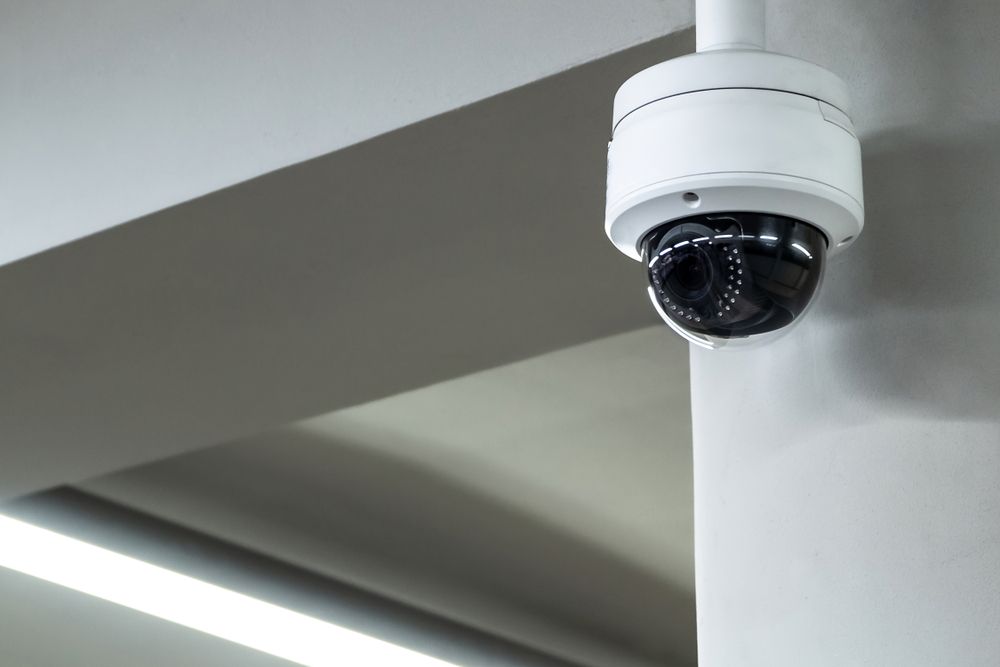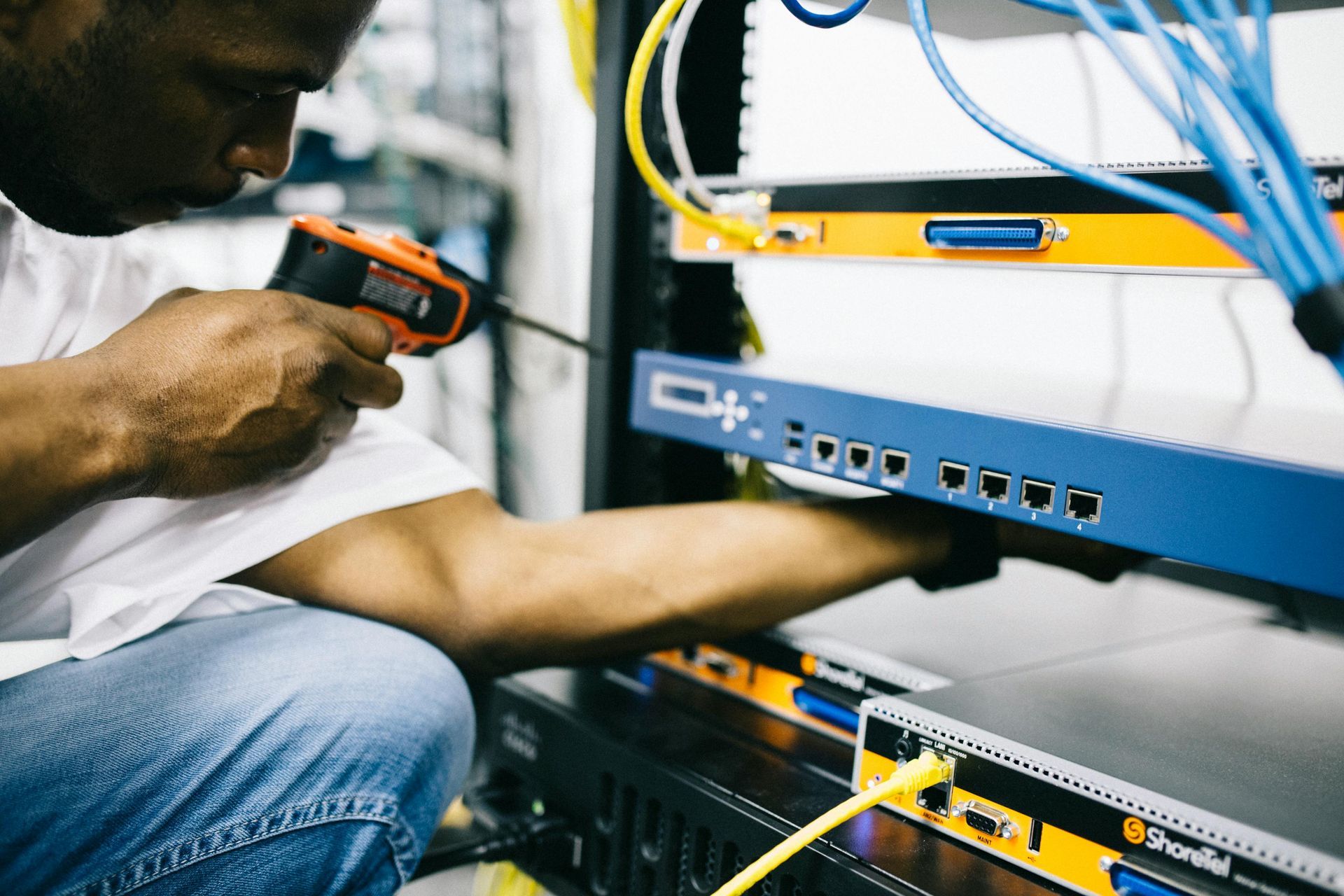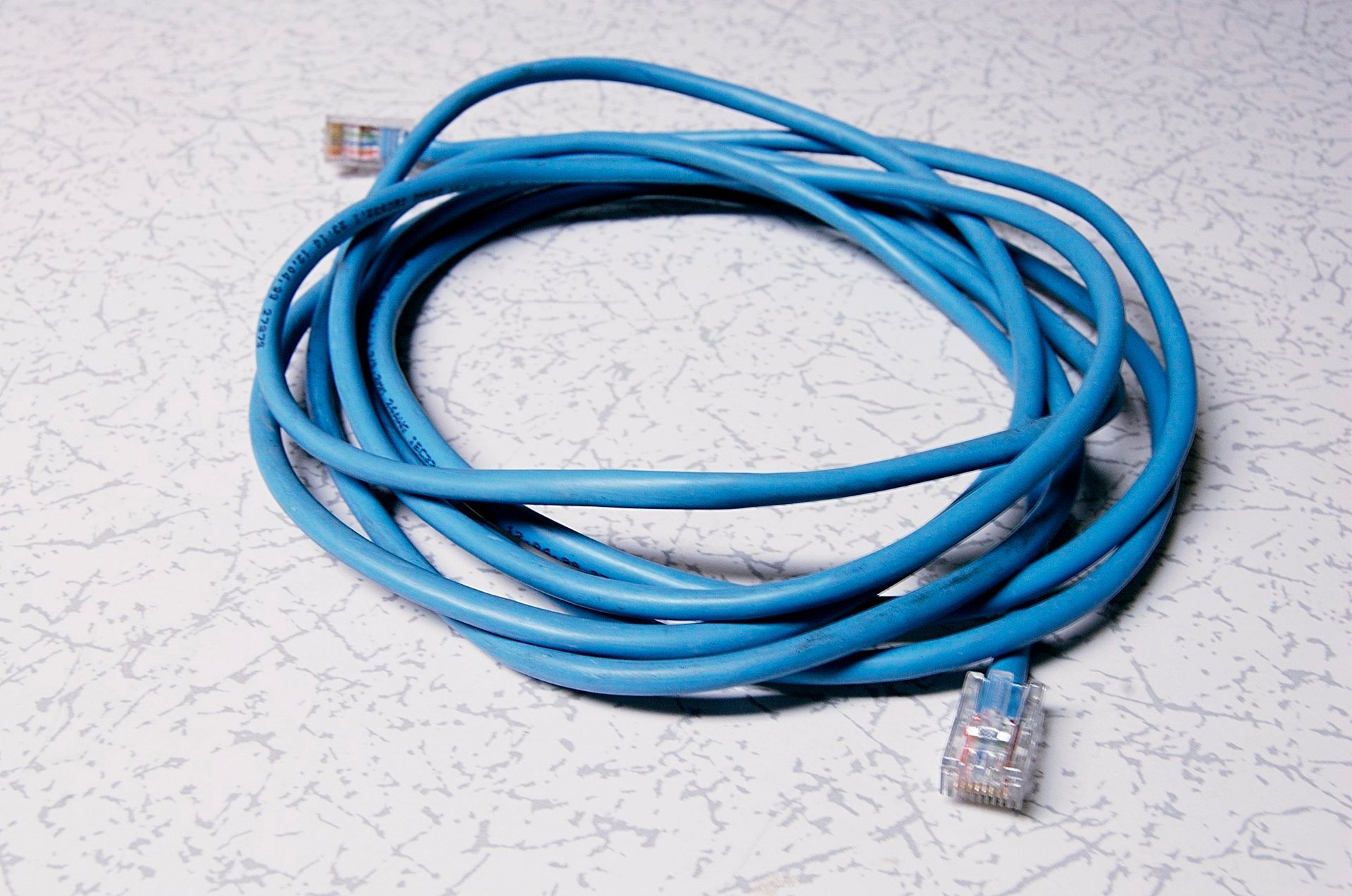Your Cabling is Outdated: Time for an Upgrade
Your Cabling is Outdated: Time for an Upgrade

Keeping your network cabling up-to-date is essential for maintaining high performance and avoiding connectivity issues. Outdated cabling systems can lead to slow network response times and frequent downtimes. This blog discusses how to identify if your cabling is outdated, the risks involved with outdated infrastructure, and the benefits of updating your system.
How to Tell If Your Cabling Is Outdated
- Constant Network Issues: Frequent disconnections or sluggish data transmission can indicate that your cabling can no longer support your network’s demands.
- Visible Wear and Tear: Cables that show signs of physical damage are likely affecting your network's efficiency and reliability.
- Equipment Compatibility Issues: If your current cabling does not support newer technologies or network equipment, it’s a clear sign that an update is overdue.
Potential Dangers of Not Updating Your Cabling
Using outdated cabling can not only lead to inefficiencies but also pose greater risks:
- Decreased Productivity: A slow network can delay operations, affecting overall business efficiency.
- Increased Operational Costs: Older cabling might need more frequent fixes, raising maintenance expenses.
- Security Risks: Older cabling may lack support for advanced security protocols, exposing your network to potential cyber threats.
- Advantages of Investing in Modern Cabling
Updating your cabling system offers several key benefits:
- Boosted Network Speed and Stability: Modern cables like Cat6a or fiber optics are equipped to handle larger amounts of data at higher speeds, offering greater network stability.
- Future-Proofing Your Network: New cabling can accommodate future technological growth and network expansion.
- Enhanced Network Security: Modern cabling supports newer security standards, helping to protect your data and network from breaches.
Wrapping Up
Updating your network cabling is crucial for keeping your technology infrastructure secure, efficient, and ready for future growth. With the rapid pace of technological advancement, ensuring your cabling meets current standards is essential for maintaining a competitive edge and safeguarding your operations.

Access Cabling & Security Copyright © 2023 All Rights Reserved | 1840 Gateway Drive San Mateo, CA 94404

